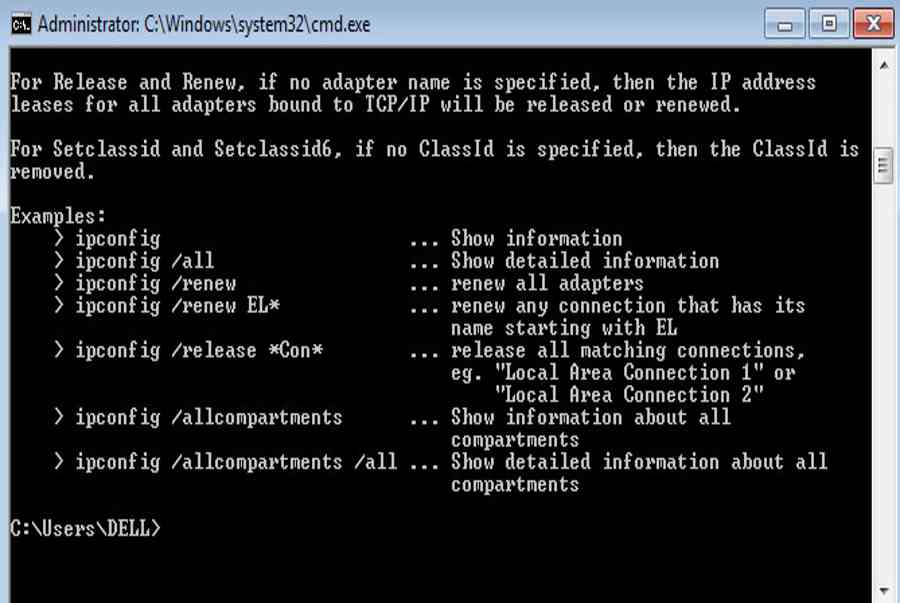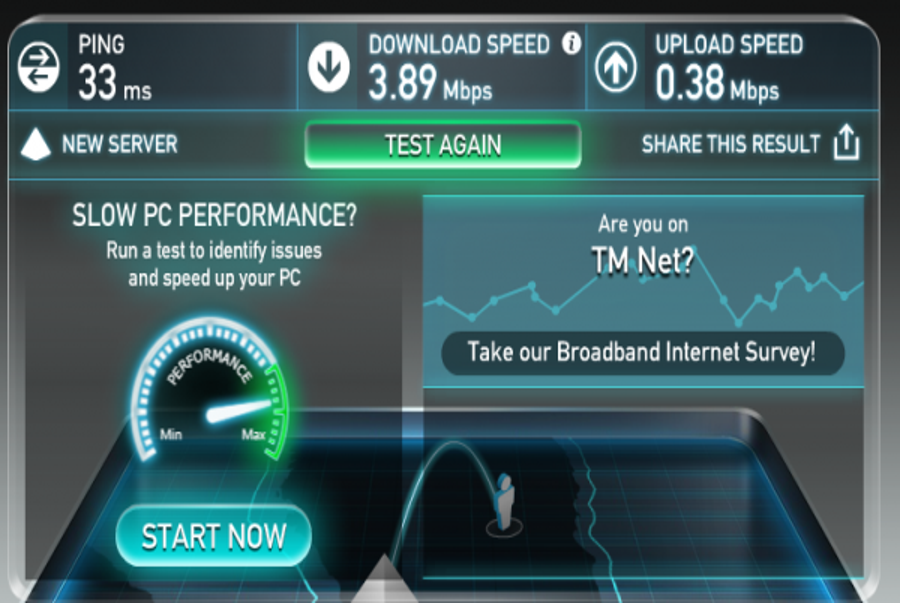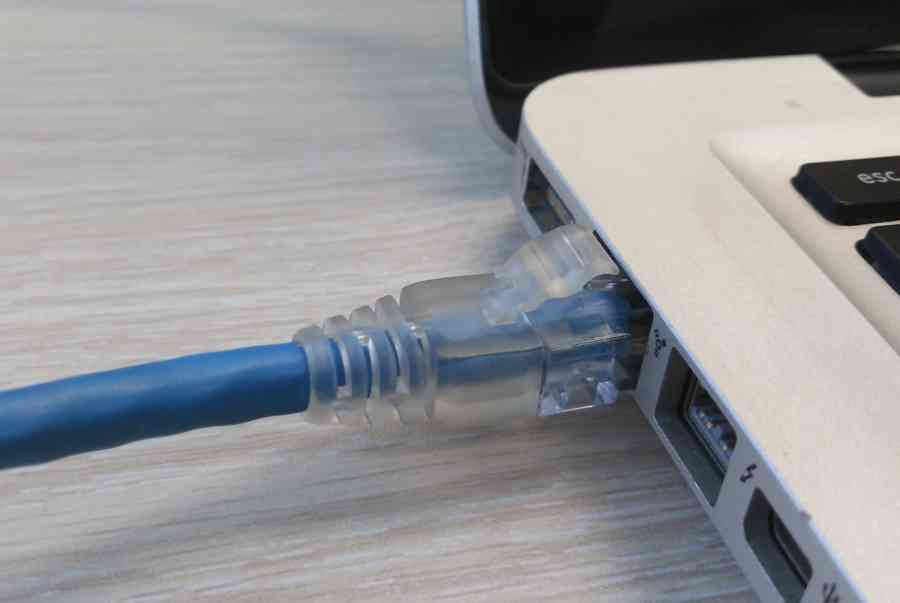Mạng internet, mạng wifi nhà bạn chậm, xem youtbe cũng bị giật khiến bạn rất bực mình. Vậy nguyên do do đâu mà mạng chậm ? Có cách nào tăng...
Connect to the network | Android Developers
Best practices for secure network communication
Before you add networking functionality to your app, you need to ensure that data and information within your app stays safe when transmitting it over a network. To do so, follow these networking security best practices :
- Minimize the amount of sensitive or personal user
data that you transmit over the
network. - Send all network traffic from your app over
SSL. - Consider creating a network security
configuration, which lets your app
trust custom certificate authorities (CAs) or restrict the set of system CAs
that it trusts for secure communication.
For more information on how to apply secure networking principles, see networking security tips .
Choose an HTTP client
Most network-connected apps use HTTP to send and receive data. The Android
platform includes the
HttpsURLConnection client,
which supports TLS, streaming uploads and downloads, configurable timeouts,
IPv6, and connection pooling. In this topic, we use the
Retrofit HTTP client library,
which lets you create an HTTP client declaratively. Retrofit also supports
automatic serialization of request bodies and deserialization of response
bodies.
Bạn đang đọc: Connect to the network | Android Developers
Resolve DNS queries
Devices that run Android 10 (API level 29) and higher have native support for
specialized DNS lookups through both cleartext lookups and DNS-over-TLS mode.
The DnsResolver API provides generic,
asynchronous resolution, which lets you look up SRV, NAPTR, and other
record types. Note that parsing the response is left to the app to perform.
On devices that run Android 9 (API level 28) and lower, the platform DNS
resolver supports only A and AAAA records. This lets you look up the IP
addresses associated with a name but doesn’t support any other record types.
For NDK-based apps, see
android_res_nsend.
Encapsulate network operations with a repository
To simplify the process of performing network operations and reduce code
duplication in various parts of your app, you can use the repository design
pattern. A repository is a class that handles data operations and provides a
clean API abstraction over some specific data or resource.
You can use Retrofit to declare an interface that specifies the HTTP method, URL, arguments, and response type for network operations, as in the following example :
Kotlin
interface UserService {
@GET("/users/{id}")
suspend fun getUser(@Path("id") id: String): User
}
Java
public interface UserService {
@GET("/user/{id}")
Call getUserById(@Path("id") String id);
}
Within a repository class, functions can encapsulate network operations and expose their results. This encapsulation ensures that the components that call the repository don’t need to know how the data is stored. Any future changes to how the data is stored are isolated to the repository class as well .
Kotlin
class UserRepository constructor(
private val userService: UserService
) {
suspend fun getUserById(id: String): User {
return userService.getUser(id)
}
}
Java
class UserRepository {
private UserService userService;
public UserRepository(
UserService userService
) {
this.userService = userService;
}
public Call getUserById(String id) {
return userService.getUser(id);
}
}
To avoid creating an unresponsive UI, don’t perform network operations on the
main thread. By default, Android requires you to perform network operations on a
thread other than the main UI thread; if you don’t, a
NetworkOnMainThreadException
is thrown. In the UserRepository class shown in the previous code example, the
network operation isn’t actually triggered. The caller of the UserRepository
must implement the threading either using coroutines or using the enqueue()
function.
Survive configuration changes
When a configuration change occurs, such as a màn hình hiển thị rotation, your fragment or activity is destroyed and recreated. Any data that isn’t saved in the instance state for your fragment or activity, which should hold only small amounts of data, is lost and you might need to make your network requests again .
You can use a ViewModel to ensure
that your data survives configuration changes. A ViewModel is a component
that’s designed to store and manage UI-related data in a lifecycle-conscious
way. Using the UserRepository created above, the ViewModel can make the
necessary network requests and provide the result to your fragment or activity
using LiveData:
Kotlin
class MainViewModel constructor(
savedStateHandle: SavedStateHandle,
userRepository: UserRepository
) : ViewModel() {
private val userId: String = savedStateHandle["uid"] ?:
throw IllegalArgumentException("Missing user ID")
private val _user = MutableLiveData()
val user = _user as LiveData
init {
viewModelScope.launch {
try {
// Calling the repository is safe as it will move execution off
// the main thread
val user = userRepository.getUserById(userId)
_user.value = user
} catch (error: Exception) {
// show error message to user
}
}
}
}
Java
class MainViewModel extends ViewModel {
private final MutableLiveData _user = new MutableLiveData<>();
LiveData user = (LiveData) _user;
public MainViewModel(
SavedStateHandle savedStateHandle,
UserRepository userRepository
) {
String userId = savedStateHandle.get("uid");
Call userCall = userRepository.getUserById(userId);
userCall.enqueue(new Callback() {
@Override
public void onResponse(Call call, Response response) {
if (response.isSuccessful()) {
_user.setValue(response.body());
}
}
@Override
public void onFailure(Call call, Throwable t) {
// show error message to user
}
});
}
}
Read related guides
To learn more about this topic, see the following related guides :
Source: https://vh2.com.vn
Category: Intenet





